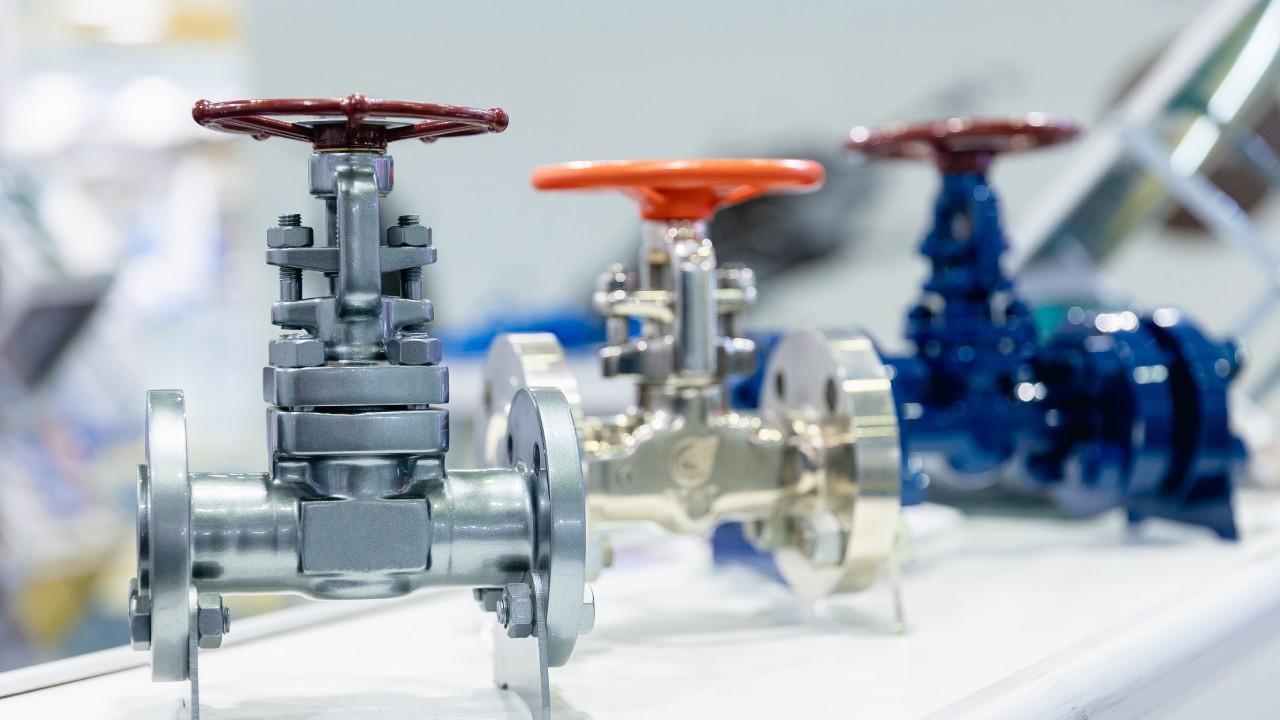Industrial valves are essential to any system involving fluid or gas control. From water treatment plants to oil and gas facilities, valves significantly regulate flow, pressure, and overall system functionality. Selecting the right valve is about finding a suitable match for your system and maximizing efficiency and reliability. This guide will help you understand which industrial valve type you need.
Understanding the Basics
At their core, industrial valves control the flow of liquids and gases within a pipeline or process system. They manage flow rate, pressure levels, and direction by opening, closing, or partially obstructing pathways. Choosing the correct valve depends on the specific needs of your process, making understanding your system’s requirements a vital first step. Watch for industrial high-pressure valves with features for demanding applications, as they often offer advanced durability and control.
Gate Valves
Gate valves are ideal for applications requiring a full, unobstructed flow. These valves lift a gate to allow or block the flow, and you can usually see them used in oil, gas, and wastewater systems. While they are not suitable for precise flow control, they perform efficiently in systems where the valve remains in either a fully open or closed position.
Globe Valves
Globe valves are well-suited for regulating flow in situations where control is a priority. Known for their excellent throttling capabilities, professionals often use them in high-precision applications within industries like power generation or chemical processing. Consider adding a globe valve to your system if your process demands a valve that balances durability with control accuracy.
Ball Valves
Ball valves are known for their versatility and durability. Offering a tight seal and minimal pressure drop, they are a great choice for systems that demand on/off control without compromising efficiency. These valves excel in applications requiring quick response times, including water distribution and industrial cooling systems.
Butterfly Valves
Butterfly valves are lightweight and compact, making them perfect for systems where space is a limiting factor. They rotate a disc to regulate or fully stop the flow, and you can commonly find them in HVAC systems, water pipelines, and food processing industries. While they might not be the best choice for high-pressure settings, they perform well in systems with moderate flow and pressure demands.
Check Valves
Check valves are essential for systems that require flow to move in one direction only. These valves will automatically prevent backflow, protecting your pipeline from damage or contamination. Check valves are critical in water and wastewater systems and in applications where maintaining a steady flow direction is non-negotiable.
Selecting the right industrial valve isn’t just about ticking boxes; it’s about optimizing your system for safety, reliability, and performance. By understanding valve types and their applications, you can make an informed decision that benefits your operation in the short and long run. It’s a decision that will directly impact efficiency, cost, and, ultimately, the success of your operations.

